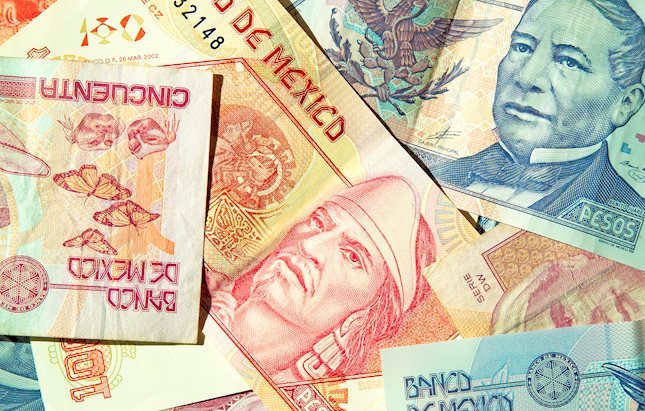WTI hits fresh highs above $71,00 on revived geopolitical fears
- News that Iran is preparing an attack on Israel has given a fresh boost to Oil prices.
- OPEC+ members are considering delaying the output hike for at least one month.
- A somewhat stronger US Dollar ahead of the NFP is weighing on Crude.
Oil prices are appreciating for the third consecutive day on renewed concerns about escalating tensions in the Middle East. The US benchmark WTI has reached weekly highs at $71.40 after returning to the $70.50 area.
News reporting that Iran is considering an attack on Israel from Iraqi territory have reactivated fears of a regional war in the area that might curb global crude supply, boosting Oil higher.
Apart from that, Reuters informed on Thursday that the OPEC+ countries might delay the output increase originally planned for December by at least a month.
The plan to increase crude output by 180,000 barrels per day had already been delayed from its original date, in October, due to the low prices.
On Friday, the US Dollar is showing a somewhat firmer pace, with investors cautious ahead of the release of October’s employment report. This is also weighing on Oil’s rally.
WTI Oil FAQs
WTI Oil is a type of Crude Oil sold on international markets. The WTI stands for West Texas Intermediate, one of three major types including Brent and Dubai Crude. WTI is also referred to as “light” and “sweet” because of its relatively low gravity and sulfur content respectively. It is considered a high quality Oil that is easily refined. It is sourced in the United States and distributed via the Cushing hub, which is considered “The Pipeline Crossroads of the World”. It is a benchmark for the Oil market and WTI price is frequently quoted in the media.
Like all assets, supply and demand are the key drivers of WTI Oil price. As such, global growth can be a driver of increased demand and vice versa for weak global growth. Political instability, wars, and sanctions can disrupt supply and impact prices. The decisions of OPEC, a group of major Oil-producing countries, is another key driver of price. The value of the US Dollar influences the price of WTI Crude Oil, since Oil is predominantly traded in US Dollars, thus a weaker US Dollar can make Oil more affordable and vice versa.
The weekly Oil inventory reports published by the American Petroleum Institute (API) and the Energy Information Agency (EIA) impact the price of WTI Oil. Changes in inventories reflect fluctuating supply and demand. If the data shows a drop in inventories it can indicate increased demand, pushing up Oil price. Higher inventories can reflect increased supply, pushing down prices. API’s report is published every Tuesday and EIA’s the day after. Their results are usually similar, falling within 1% of each other 75% of the time. The EIA data is considered more reliable, since it is a government agency.
OPEC (Organization of the Petroleum Exporting Countries) is a group of 12 Oil-producing nations who collectively decide production quotas for member countries at twice-yearly meetings. Their decisions often impact WTI Oil prices. When OPEC decides to lower quotas, it can tighten supply, pushing up Oil prices. When OPEC increases production, it has the opposite effect. OPEC+ refers to an expanded group that includes ten extra non-OPEC members, the most notable of which is Russia.
Forex News
Keep up with the financial markets, know what's happening and what is affecting the markets with our latest market updates. Analyze market movers, trends and build your trading strategies accordingly.















